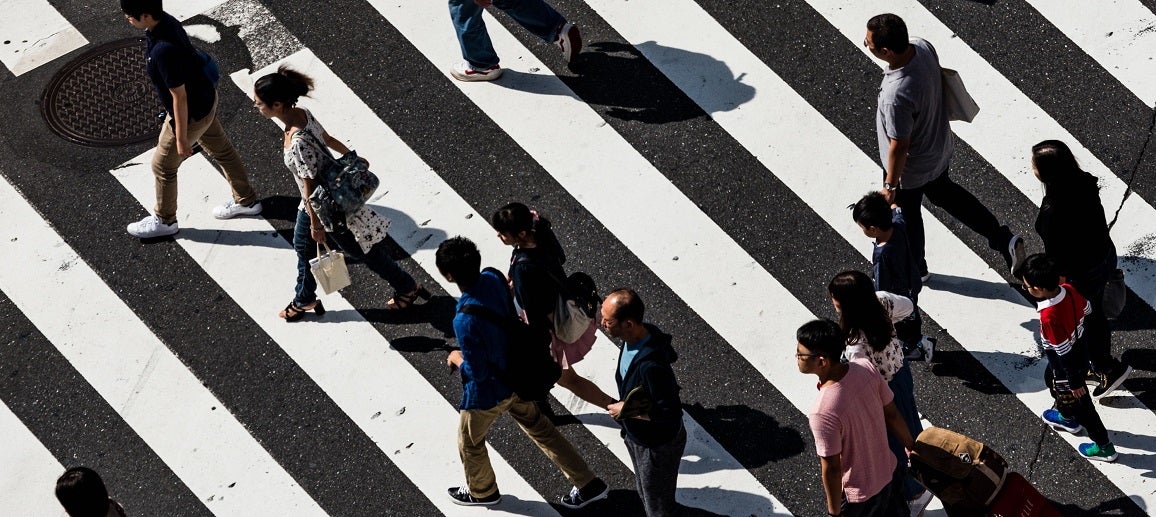 People walking over a crosswalk
People walking over a crosswalk
What a year 2021 has been. COVID-19 and the climate crisis have continued to grip the world, and while vaccines are within reach for many, worries about their effectiveness against mutations, unequal access, and an uneven economic recovery linger . Cities, especially those in emerging markets, are grappling with the ongoing strain of decision-making around the pandemic, public health, and the need to maintain hard-won economic progress.
Knowing the weight of these issues, the World Bank team working on urban development remained focused this year on efforts to help cities prepare for a greener, more inclusive, and sustainable future .
The Bank’s Climate Change Action Plan, and the City Climate Finance Gap Fund, placed cities at the center of efforts to heal an overheating planet. To that end, the Gap Fund’s State of Cities Climate Finance report provided the first formal analysis of cities’ financial needs for tackling the climate crisis and its effects on people and nature. The Gap Fund also initiated technical assistance for 33 cities, with a goal of reaching 180 cities by 2025.
Carrying these efforts through to the wider international community, staff engaged in more than 10 events during November’s COP26—the culmination of 2021’s focus on climate change. With 7 out of 10 people expected to live in urban areas by 2050 and cities giving off 70 percent of global emissions, discussions at the COP underscored the centrality of our work in sustainable urban development, the Gap Fund’s role in prioritizing green urban investment, and the need for coordinating efforts with public and private sector actors who are also contending with the climate crisis.
Our climate interventions made it clear that allying with nature is essential to heal the planet. Adapting to and mitigating global warming look more possible if we use nature-based solutions —such as tree-planting, preserving species, and creating protected green space. Through a series of talks with experts like Susan Aitken, Leader of the Glasgow City Council, our Global Program for Sustainable Cities (GPSC) spurred efforts to reverse biodiversity loss while recognizing the need for socio-economic inclusion and community support.
These discussions put existing land rights inequalities into sharper focus even as we work toward an equitable, green recovery in which communities have the tools to protect forests, limit sprawl, alleviate poverty, promote gender equality, peace, and security. In Laos PDR, for example, the Bank’s Enhancing Systematic Land Registration Project is helping alleviate people’s insecurities about their land and property rights while improving tenure security and land administration services.
Our efforts to guide urban areas toward sustainability as they welcome new residents with healthy, inclusive neighborhoods gave shape to the Pyramids to Pancakes report. Based on data from nearly 10,000 cities, the report shows that the most successful metropolitan areas are those which connect physical growth to economic demand.
Meanwhile, our Global Partnership for Results Based Approaches (GPRBA) team forged ahead with projects to assist low-income households in scalable, demonstrably effective ways. Through their connection-subsidy program in Zambia, they have helped 33,850 households—including 8,232 headed by women—and 4,721 medium-size enterprises get electricity access.
As climate change sparked wildfires in Greece, the Amazon and sub-Saharan Africa; and caused floods in China, Argentina, and many coastal regions, the Global Facility for Disaster Risk Reduction and Recovery (GFDRR) launched a report on how the lasting effects of disasters not only reflect but reinforce gender inequality, and have a disproportionate impact on women and girls.
Given COVID-19’s raging persistence, GFDRR’s report about using disaster-risk-management practices to improve healthcare systems’ resilience was also timely. The team’s landmark set of guidelines supported resilience by outlining nature-based solutions for flood-control management while presenting the EPIC Response (Enable, Plan, Invest, Control) for drought and flood-risk management. These initiatives complemented our efforts to improve urban life in its multifaceted aspects, including:
- An event with Slum Dwellers International and Cities Alliance had experts sharing ways data from eight cities could be analyzed to predict pandemic flashpoints.
- Two publications—Bridging the Gap in Solid Waste Management: Governance Requirements for Results and More Growth, Less Garbage—zeroed in on ways to separate urban growth from an overflow of household and commercial waste.
- An online series by the Bank and the Tokyo Development Learning Center (TDLC) on Low Carbon and Climate-Smart Cities showed how urban centers are moving to achieve low-carbon cities.
- Cities, Culture, Creativity: Leveraging Culture & Creativity for Sustainable Urban Development & Inclusive Growth—a report jointly produced with UNESCO—offered a message that inclusion also means support for cities’ cultural fabric and artists.
This is just a snapshot of what the urban development team achieved this year. The pandemic and climate crisis have reinforced what we know already—that from shoring up infrastructure to bolstering the economy, everything we do continues to be in the service of people , especially those who are vulnerable and marginalized. Our hope for 2022 is that the world begins healing, and countries start looking to a green, inclusive, and resilient future—one that works for all.



Join the Conversation